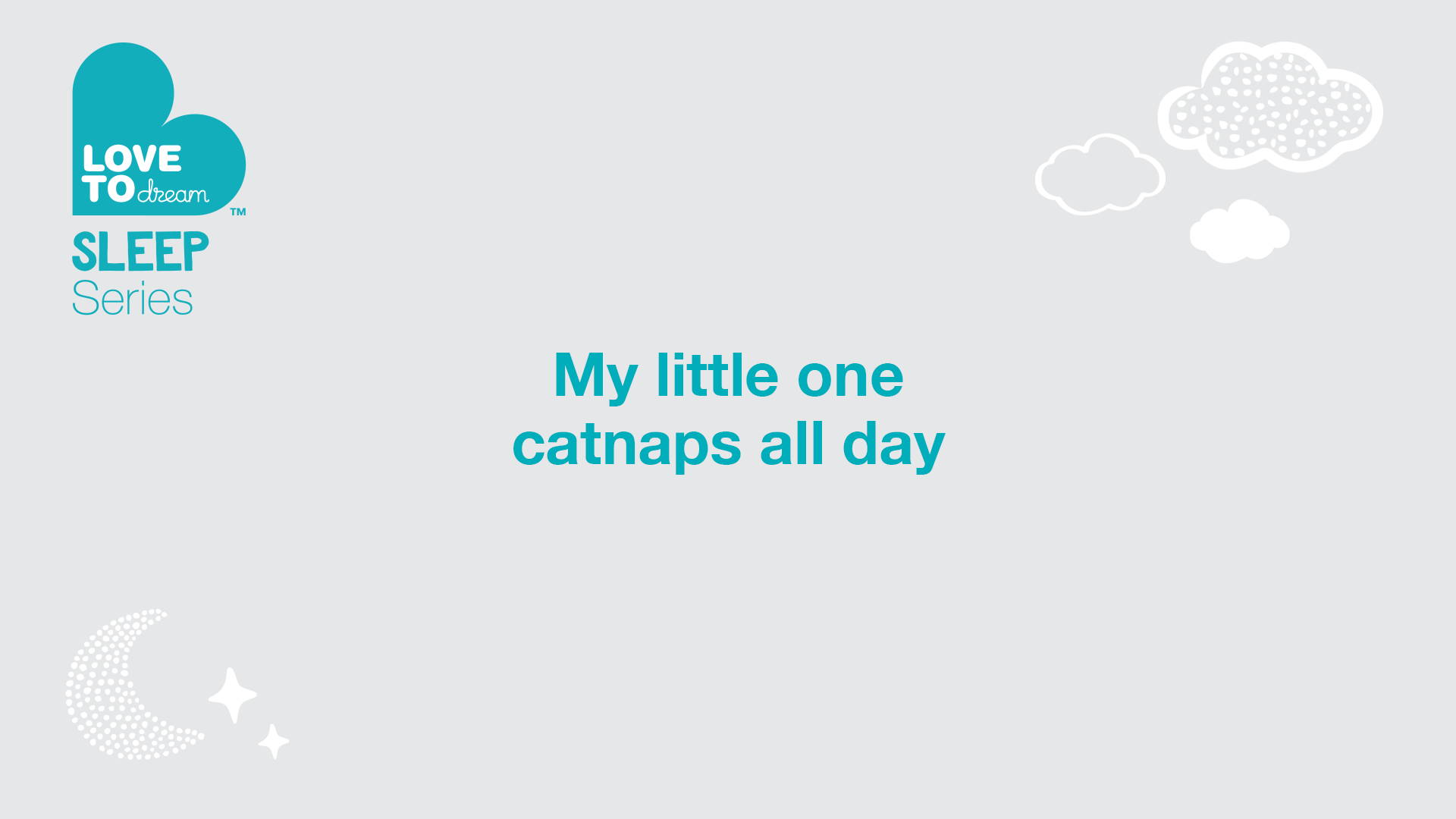WHAT IS CATNAPPING?
You’ve finally got your baby snoozing away for their nap, you’ve cleaned up a little, made yourself a cup of tea, taken that first hot, soothing sip, exhaled and then……..BAM! Your baby is crying, letting you know they’re awake, even though it’s only been a short while since they fell asleep. (How do they always know the moment you’ve just sat down to relax?)
Catnapping is when your baby has scattered naps throughout the day for 30-40 minutes, instead of one long sleep. Catnapping is exhausting for you and your little one! If you have a little catnapper, this probably isn’t a one-time thing.
Your baby is most likely in a cycle of catnapping each day, which means your days are a cycle of putting your baby down, rushing to get a couple of things done before they wake, spending the next while trying to get them back to sleep, or trying to soothe an over tired, grumpy baby. Sound familiar?
Babies who consistently catnap are missing out on the deep, good quality, restorative sleep they get from completing the full cycles of sleep they require each day and night. They’re left feeling generally tired, have lots of short naps through the day to keep themselves going, and can become overtired and unsettled. It can impact their night-time sleeps too.
While it’s not uncommon for babies to be catnappers, there’s a common reason why they’re napping this way. Babies who wake 15, 20, 40 minutes into their nap aren’t waking because they’ve had enough sleep. They’re waking because they haven’t quite figured out how to connect the dots the dots and build sleep cycles. As we enter the light phase at the end of a sleep cycle, it’s normal to wake up a little. Catnappers haven’t yet learnt how to make the transition from one sleep cycle to the next, so when they wake, they wake completely.
If your baby’s foundations for sleep are already in place, your focus will be on extending your baby’s naps by helping them to connect the dots and join one sleep cycle to the next. Part of this will also be teaching them to self-soothe, so they develop the ability to make the transition between sleep cycles smoothly and independently.
Lengthening naps can take some time, but with consistency you and your baby can do it!
It’s important to remember that when babies wake between sleep cycles, they can be really noisy and seem awake, when in fact they’re not. You might see them squirming, hear a bit of mumbling or even a small cry. These are all signs they’re trying to self-soothe.
When you do hear and see these signs, try not to rush to your baby. Listen out, give them some space and a little time to see if they can re-settle themselves back to sleep. By rushing in, we risk disturbing them and inadvertently waking them up – even if they weren’t ready. If your baby starts crying and the crying is escalating, quietly go in and use one of the settling techniques we covered in the Sleep Series.
When your baby is going through the process of acquiring the ability to self-settle between sleep cycles, there is likely to be a number of nap sessions where they drift in and out of sleep. Your baby might fall off to sleep for 10 or 15 minutes – then wake up and cry for a period, then they might drop off to sleep again, then 10 mins later – wake up again. There may even have periods of lying there quietly awake with eyes fully open or half open. They might be grunting or squirming a little while they lay there.In the early days of breaking the catnapping cycle, your baby may need you to go in each time they wake to help them resettle. As they learn to self-soothe their reliance on you will reduce, they’ll start to connect and to consolidate nap cycles and their naptime will lengthen so they can enjoy good solid blocks of uninterrupted sleep.








